Why Your Spices Need a Sil Batta: The Ancient Secret to Better-Tasting Food
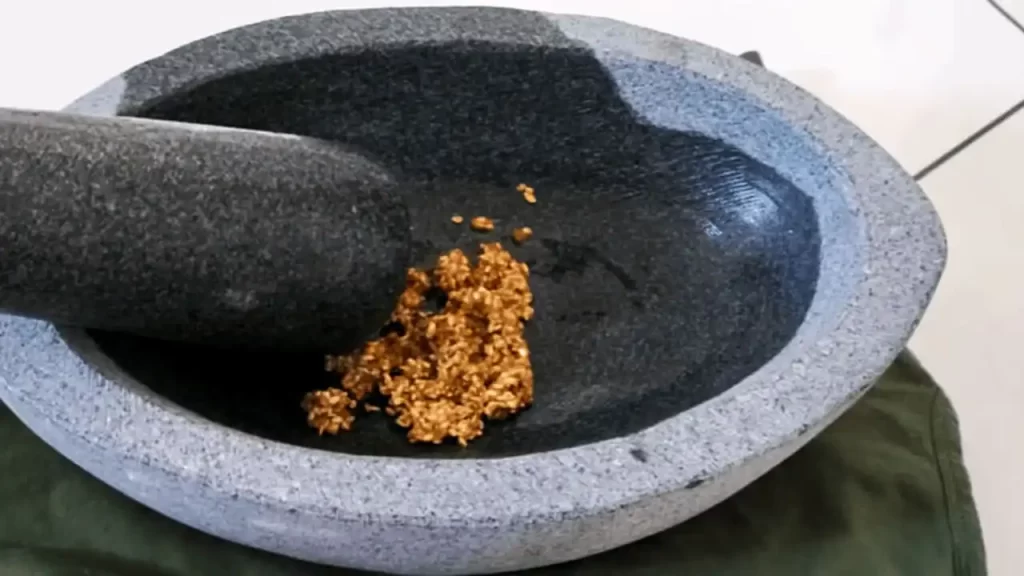
Can you remember wondering why the food your grandmother makes with simple tools was better than what you make with modern machines? Many Indians used to have a simple stone grinder called a sil batta in their kitchen and this ancient tool can be your secret. Knives came second to stone tools in traditional Indian kitchens because there were no electric mixers or grinders at the time.
South Indian cooks tend to stick to traditional stone grinders, saying the flavor of chutneys ground this way is better. It is possible that there’s a scientific reason, rather than just nostalgia. The phenomenon of the grinding process may be that mineral release from the stone or the mild, fluid movement preserves a lot of oils, making food taste even better. Many home cooks are moving away from sil batta, though you can find online recipes if you want to try it.
Table of Contents
What makes the sil batta unique
As early as 2500 BCE, the sil batta was used by early civilizations and evidence from the Indus Valley civilization demonstrates its place in history. Because of its one-of-a-kind qualities, this ancient grinding stone has survived through the ages, whereas modern technology cannot copy them.
Design and material of the grinding stone
The basic parts of a traditional sil batta are a flat stone slab (sil) and a round, grinding stone (batta). The stones are not chosen at random but are carefully made from sand stone or “chittar patthar” because it grinds extremely well.
Besides, the sil batta offers various patterns and sizes, from wide bases to more slender ones and the grinding stones are either round like Menhirs or triangular. Worth noting is that the ornamented flat stone is covered with detailed patterns and traditional designs, not surprisingly, in Bengal; flowers, vines and fish are often used to decorate the tops.
The top of the sil is purposely bumpy and patterned by using a grooving tool – making sil calligraphy an art in itself. The texture on the surface helps the grinding action work well. The design of the cylindrical batta lets you maintain proper control over the machine while grinding.
How it differs from mixers and blenders
The divide between sil batta and modern appliances concerns more than how they look:
- Temperature control: Spice mixers heat the spices which can change their natural flavor, but using the sil batta keeps them cold and stops alterations. Mixers rely on temperature differences to cut and churn instead of grinding which changes the ingredients’ basic texture.
- Texture customization: You can decide on the level of fineness because the sil batta is adjustable. However, electric grinders tend to grind everything into the same texture, without considering how your recipe needs it.
- Flavor preservation: When these two stones rub together, heat is created that allows spices to add their flavors to the food. A number of chefs in Bolivia, Peru, Ecuador and India say that the taste achieved using modern gadgets is not as good as traditional methods.
- Sensory feedback: Unlike electric tools, grinding by hand lets you tell the result as soon as it starts, helping you fix it on the spot.
Not only does it keep the original taste of food intact, but it also makes the taste better through a traditional process.
The science behind better-tasting spices
Sil batta’s science is based on real evidence and modern research proves the knowledge handed down by our ancestors. When ground using traditional techniques vs contemporary tools, the chemistry and flow of the spices differ a lot.
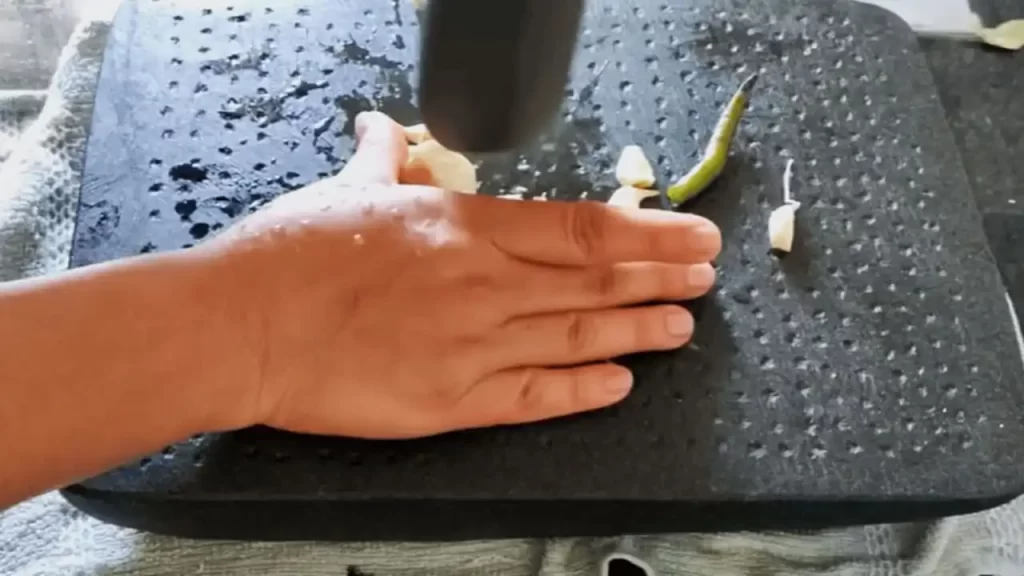
Cold grinding vs. high-speed blending
Modern mixers and blenders grind ingredients at high speed which causes a great deal of heat to form. Spices suffer when it gets hot because the volatile flavors disappear faster. Simply put, as the blade rotates faster, more heat generates, part of the steam escapes and the taste is reduced.
Unlike sil batta, the traditional version does not warm up the egg as much during grinding. Little reductions in the heat produced while grinding have a significant effect on the final results.
- Chilled grinding at just 5°C retains 2.5% more volatile oil than ambient grinding
- Ultra-low temperature grinding preserves up to 17% more volatile oil content
While electric grinders cut and mix the ingredients, the sil batta actually puts pressure on them, crushing them without overheating them.
Impact on essential oils and spice integrity
Grinding affects how essential oils, the building blocks of spices’ taste and smell, are extracted and maintained. Researchers have found that grinding too finely can impede proper steam circulation in the machine which slows the extraction process.
Also, how well the extraction works depends on the size of the particles. The process of grinding raises the speed of extraction and improves the yield in hydrodistillation. The heat that comes with high-speed blending results in a big loss of volatile oil compounds and natural flavors.
When one mother shared her experience, she said, “The fast rubbing of the stones blends the spices without overheating, allowing all the flavors to appear and give off a great fragrance”. Most modern appliances find it hard to keep this balance intact.
Why texture matters in Indian cooking
Indian food is best known for having many different textures to enhance the taste. Using a sil batta, chefs can adjust the texture of their spices precisely, so the dishes can turn out as expected.
Plus, since the grinding is slow, there is less loss of nutrients from the food particles. Because both nutrition and texture are kept, the flavor in old-style ground wheat is more robust than what modern processes produce.
Many chefs agree that sil batta grinding gives results much more unique and preferable than when done with mixer grinders.
How to use and care for a sil batta
Learning to use sil batta well needs both care and proper steps. After you have learned the basics, you’ll see that this tool works well and can be very enjoyable.
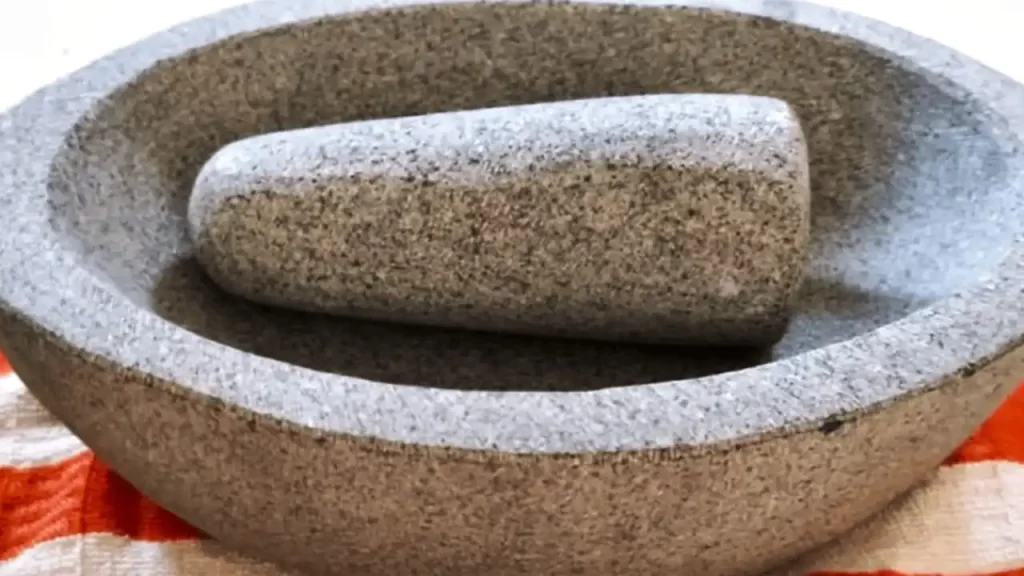
Basic grinding techniques
You begin by using a smaller stone (batta) to push and pull it across the bigger stone (sil) repeatedly. Always grind the wet ingredients first and then dry ingredients. By doing this sequence, you ensure that the consistency of the load remains constant all throughout the grinding.
When grinding, add a very small amount of water (about half a teaspoon) now and then to help the movement of the smaller stone. Go on performing the churning motion until the paste reaches a smooth, thin texture. Sitting a towel under the sil batta gives you more control and stability during grinding.
Cleaning and maintenance tips
As soon as you’re done using a kitchen gadget, clean it up. When you finish grinding, clean your sil batta under running water to avoid the same spice flavors mixing. If there is any persistent spice stuck on the stones, leave them in plain water for 15-20 minutes to remove the spices and clean up becomes easier.
For new sil battas, a curing process is essential:
- Grind sand or salt 2-3 times and wash thoroughly
- Alternatively, grind soaked rice until fine and discard
- Another method involves grinding vegetable peels (cucumber, potato) for 2-3 days
For better grip, sometimes resharpen the grooves and repeat the curing process. A suggestion from some practioners is to occasionally grind turmeric which helps to stop pests or apply rock salt to help the stone stay sharp.
Safety and storage advice
Place your sil batta on a firm surface close to the place you wash your dishes. Since a fountain made of stone is heavy, decide where to place it before setting it up, since it’s best to avoid moving it too often.
Ensure the sil batta is fully dry when cleaning is done so mold does not grow. Traditional practice instructs that a sil batta should be stood up vertically, not laid down and that both pieces of the instrument should touch. Never try to use a cracked or broken sil batta.
Servicing your traditional sil batta regularly will make it last and keep the unique flavors people expect from aged cooking tools.
Where to buy a sil batta today
More authentic classic grinding stones can now be found because online markets have expanded their reach. As a result, today it is simpler to come across genuine sil batta, compared to just a few years back.
Finding authentic traditional sil batta online
Online platforms now provide a range of conventional sil battas. Amazon includes a range of handcrafted models which cost between ₹1,717 and ₹2,999. Zishta and similar retailers highlight their authentic workshops by selling coffee with weights that exceed 16-17kg. Rajasthani handmade sil battas are available on Etsy and users can also use fast international shipping.
Most of the leading sites do not provide smaller versions, however AntiqueVintageHub, being focused on cookware, can sell small 6kg and medium 14.5kg models. Most of the stones offered by Village Decor are the South Indian style Attukal which are made of strong black stone.
What to look for when purchasing
Make sure the sil batta you are buying is hand-cut and not made by a machine. Hand-ground stones can keep their sharpsness for longer than machine-made ones that quickly become dull. Buy a mill that’s not too small because it will slow down your chutney making time.
Look specifically for:
- Weight (typically 9-16kg for quality pieces)
- Material authenticity (natural stone from regions like Rajasthan)
- Surface texture (should have visible grooves for effective grinding)
- Proper packaging, given that these items weigh substantially
Pack both the flat stone slab and the cylindrical grinder securely so they are intact and protected during shipping.
Supporting local artisans and stone workers
Buying from artisans or local stores keeps this old craft alive. Skilled workers like Kusuma in Jhansi spend several hours making one sil batta by hand and sell the smaller ones for ₹200-300 and the larger ones for ₹500. Because grinding stones are bought once and have a long life, the income of artisans can vary widely.
Stone carving techniques in different communities have been handed down through generations, starting in some places well before Rani Laxmibai’s era. Choosing to buy from traditional sellers, instead of mass producers, lets you get quality goods and helps those who preserve their culture. One business in Kukatpally believes that customers who purchase from vendors are making it easier for them to keep operating.
Read another blog here: How to Make Perfect Bajre Ki Roti
Outcome
Sil batta shows us that ancient knowledge cannot always be replaced by current technology. After investigating, you realize this traditional stone grinder gives a boost to flavors with its special way of preserving oils and nutrients. The sil batta is cooler than electric grinders which helps spices hold on to their distinctive flavors.
For a great grind, science shows cold grinding to be much more useful than high-speed blending. The gentle pressure in traditional grinding allows your food to keep its wonderful flavors while being flavored.
Using a sil batta may seem tough at the start. But, after getting used to it, cast iron will make your cooking more enjoyable. Because of its texture control, manual grinders help you cook your food exactly how you want it, something electric grinders can’t provide.
Finding a real sil batta is now much simpler because of online marketplaces. Choosing local artwork allows the craft to continue in the future. If you want a good experience, choose hand-made pasta with the proper weight and texture.
Because, bringing this style of cooking back isn’t just a case of nostalgia—it makes your cooking better and more creative. Even though kitchens now focus on being easy and quick, the taste offered by traditional stone grinding cannot be matched. It’s possible that her seasoned tools played a big role in the delicious food she cooked. Take the first steps to real flavor with this basic stone which has been used for thousands of years.
FAQs
Q1. What is a sil batta and how does it differ from modern appliances?
Ans: A sil batta is a simple traditional grindstone built from a flat stone and a round grinding stone. Electric mixers can change the properties of spices and also heat them, but a sil batta grinds spices cold which helps food taste better and keeps its texture good.
Q2. Why do some cooks prefer using a sil batta over electric grinders?
Ans: Quite a few cooks like to use sil battas since they think that gives their spices and chutneys better flavors. Active grinding by hand helps keep the important oils safe and lets you create the texture you want which makes your food more real and delicious than if you used electrical tools.
Q3. How do you properly use and maintain a sil batta?
Ans: The way to use a sil batta is to move the smaller stone across the larger one to grind ingredients. Wash the utensil with water after every use and every so often resharpen the teeth on it. When looking after your sil batta, mix it with rice or sand, then store it in an upright position.
Q4. Where can I purchase an authentic sil batta?
Ans: You can find original sil battas on Amazon, Etsy and Zishta or other similar retailers. Choose hand-made grinders that weigh from 9 to 16kg, are made of natural stone and show clear grooves for efficient grinding. Buy local from artisans to keep this art form alive.

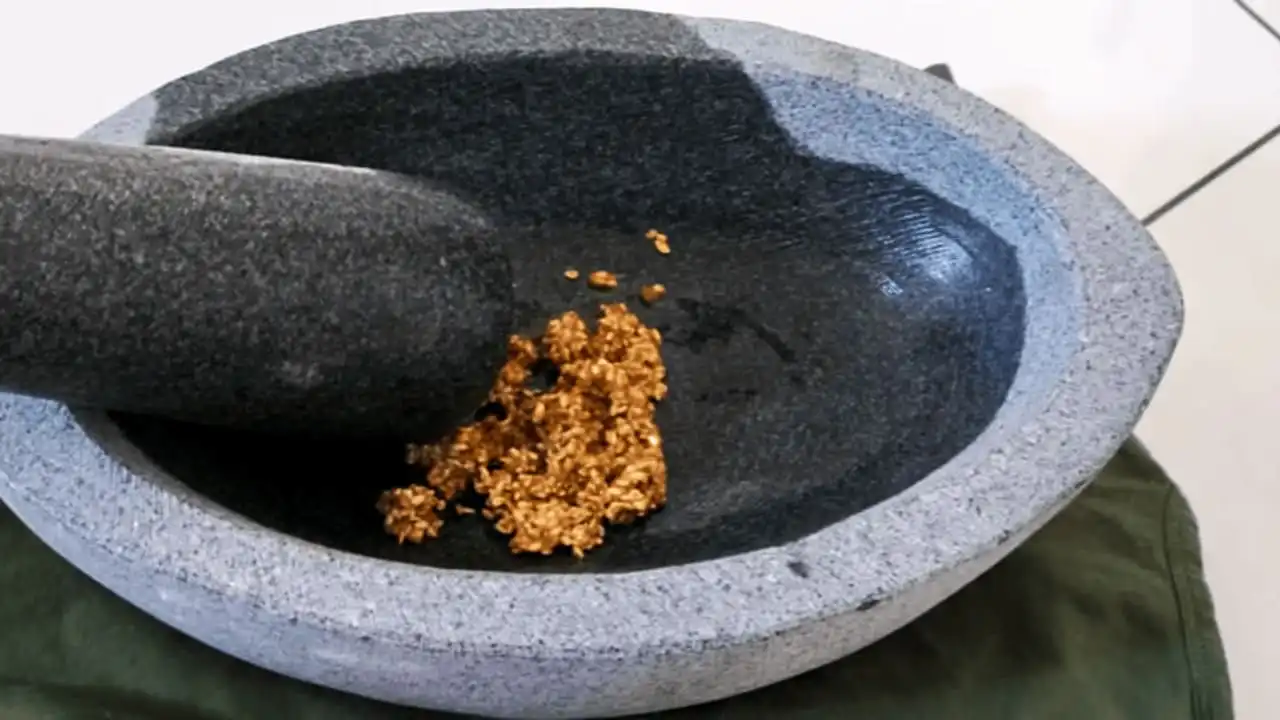
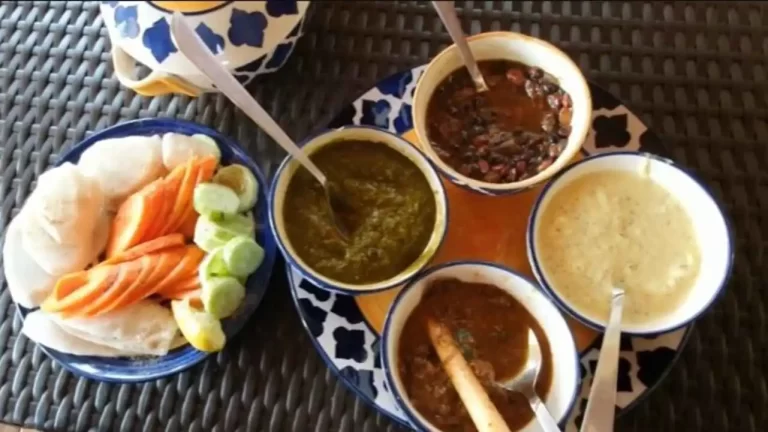
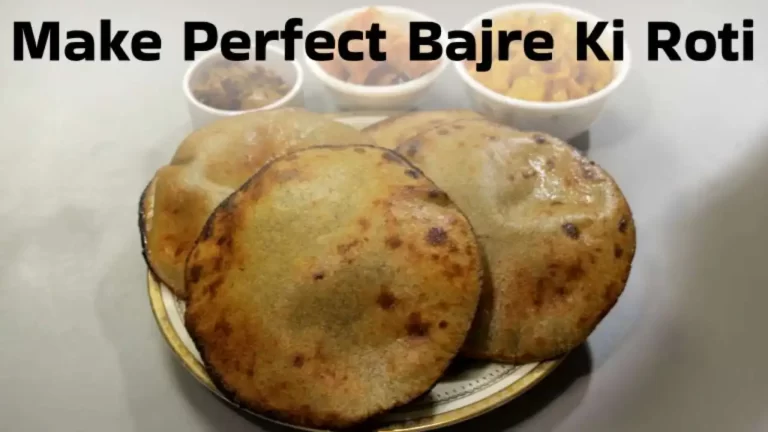
One Comment